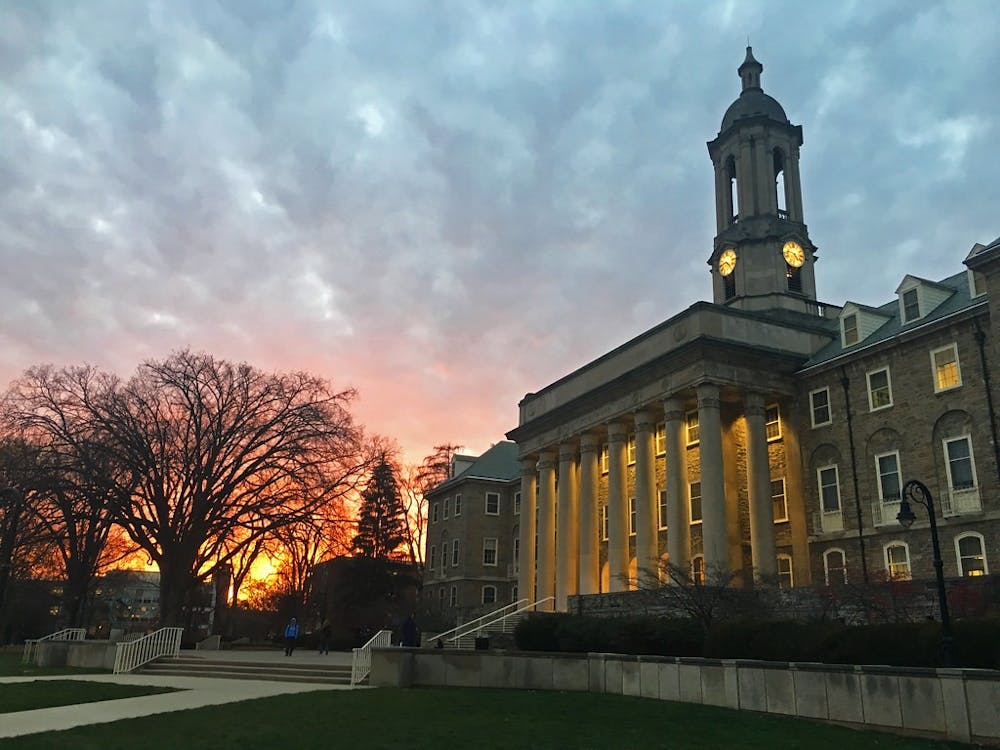
The Pennsylvania State System of Higher Education voted to merge six of its universities into two institutions. (L. ReiderJensen | CC BY-NC-ND 2.0)
The Pennsylvania State System of Higher Education voted to continue with its plan to merge six of its universities into two institutions on Wednesday.
The plan comes amid declining enrollment over the past decade and a projected decrease in high school graduates in the coming years. Despite strong opposition from alumni and faculty, the board of governors held that the merger is the best course of action to minimize financial burden and increase opportunities for students, The Philadelphia Inquirer reported.
The Pennsylvania State System currently consists of 95,000 students across 14 schools, which is down from 120,000 students in 2010, according to The Pittsburgh Post-Gazette.
The proposed merger would combine Bloomsburg, Mansfield, and Lock Haven into one entity and California, Clarion, and Edinboro into another, thereby decreasing Pennsylvania’s state universities from 14 to 10. This represents the largest change in Pennsylvania’s school system since its inception in 1983, according to the Pittsburgh Post-Gazette.
All six campuses will remain open, but will operate under two leadership teams with shared curriculum and faculty, the Inquirer reported.
Those who were opposed to the merger raised questions about how online classes will be used to facilitate schooling, the plan for athletic teams, and the financial impact on each school community, according to the Inquirer.
The school system is currently planning to offer eight disciplinary areas in-person on the Bloomsburg, Mansfield, and Lock Haven campuses, which covers 75% of the student body. Other academic programs will be shifted online or cut, according to the Inquirer.
“It’s heartbreaking that they are taking all these opportunities away from these communities because it’s not just affecting the schools, it’s affecting the communities,” 1995 Lock Haven graduate Dawn Schram told the Inquirer. “It’s affecting everyone.”
The school system is still awaiting a response from the NCAA on whether each of the schools can keep their athletic teams, according to the Inquirer. In case of rejection, the system will develop a solution that will satisfy all parties, Chancellor Daniel Greenstein told the Inquirer.
People also raised concerns about the financial viability of the merger, with a $30 million implementation cost that would only yield $18.4 million in savings over the next 5 years, according to the Inquirer. System spokesperson Dave Pidgeon countered that the annual savings support the one-time cost.
A 60-day comment period and public hearings will follow Wednesday's vote. The final vote is anticipated to take place in July, the Inquirer reported.
The Daily Pennsylvanian is an independent, student-run newspaper. Please consider making a donation to support the coverage that shapes the University. Your generosity ensures a future of strong journalism at Penn.
Donate







